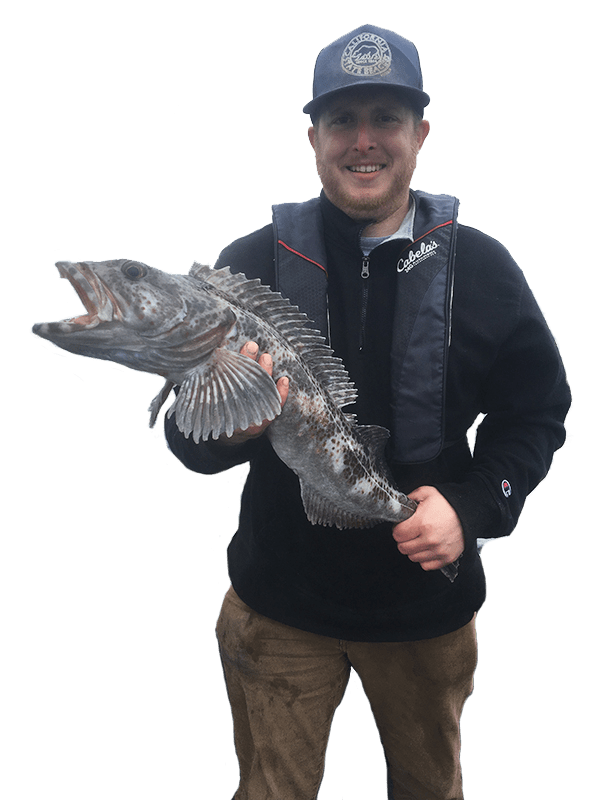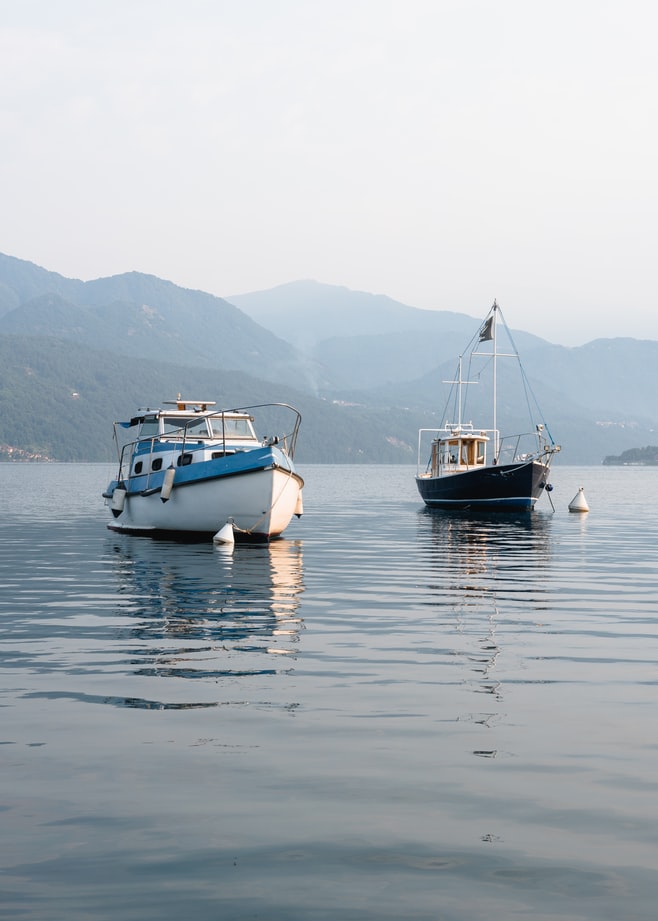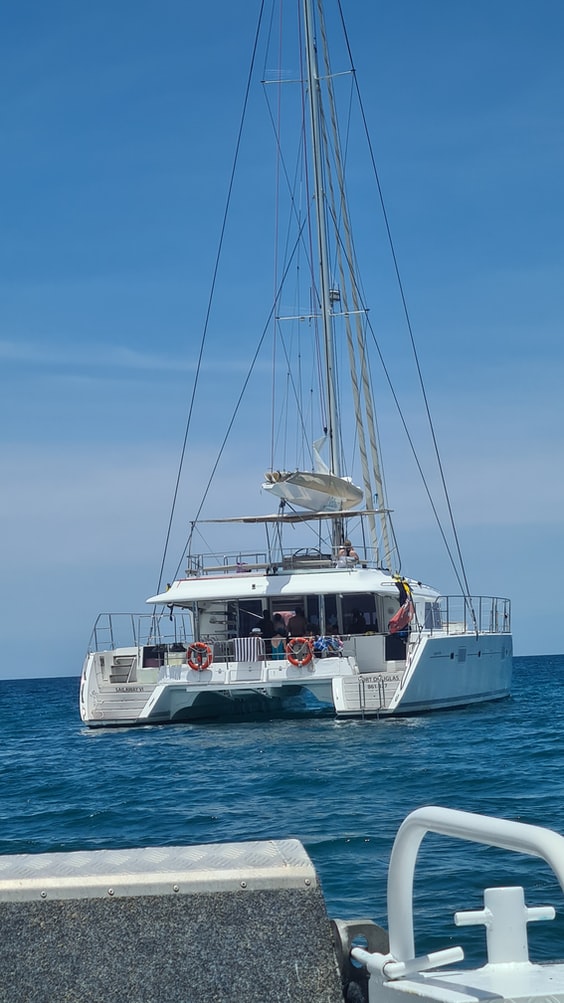Everything You Need to Know About Columbia River Sturgeon
It’s fun to fish in the Columbia River, with the vast waters and tons of different species of fish to catch. Whether you’re on land or on a fishing charter, you get to hone your fishing skills while taking home a fish or two. One of the species people look out for is the Columbia River sturgeon, which is popular in the area.
But what is the Columbia River sturgeon and what is there to know about it? Read on to learn more about this interesting species!
About the Columbia River Sturgeon
Sturgeon are natives to the rivers of central California to Alaska, which is part of North America’s west coast. You can find the highest number of sturgeon in Columbia River, with two types of them swimming around: Green and white.
Green sturgeon would inhabit saltwater estuaries and brackish backwaters, while white sturgeon are even more numerous and actually inhabited the Columbia! This is why this article will focus more on the white sturgeon.
In terms of freshwater fish, sturgeon are the largest and can grow over 10 feet long and more than 1,000 pounds.
They would also grow slowly, living very long lives. Sturgeons can live between 80-100 years, with female sturgeon not reaching their spawning maturity until they are 15 years old (or older). Even after spawning begins, they tend to span every 2-11 years after!
In Columbia, commercial fishing for this species started in the 1880s, peaking in 1892 when 5.5 million pounds of sturgeon were harvested. Unfortunately, the sturgeon population decimated in 1899 due to overfishing, with harvest staying low until the 1940s.
As sturgeon population recovered and commercial fishery began expanding, the total harvest steadily increased between the 70s and 80s. This is combined with restrictions on the sizes of fish that are legally allowed to be harvested to maintain the population.
There is much to learn about the sturgeon, more specifically the white sturgeon. Here are some interesting facts about them:
Physical Description
Sturgeon have various distinguishing characteristics, with an elongate and cylindrical body. While it doesn’t have any scales, it has 5 rows of ‘scutes’ along its body, which are bony plates and very sharp in younger fish. Similar to sharks, a sturgeon’s skeleton is made of cartilage rather than boke.
It has 11-14 plates in front of its single dorsal fin, 38-48 plates from its head down to the central caudal axis, as well as 912 from its head down to the pelvic fins. Sturgeon has white ventral surfaces while its dorsals are light gray.
As for its mouth, sturgeon have ventral, moderately-sized mouths that point downward. They have no teeth but use their vacuum-like mouth to siphon up food instead. You can recognize sturgeon through its short broad snout that has 4 barbels, which are close to its snout than their mouth.
Habitat
White sturgeon have spent their lives in various habitats, from streams to rivers, marine waters to estuaries. While they are anadromous fish, they spend most, if not all, of their lives in freshwater if they’re unable to head to the seas.
These fish historically occurred on the Pacific Coast and reproduced in three large river system, including the Columbia River. Unfortunately, the construction of dams along rivers has negatively impacted the sturgeon population due to the creation of landlocked population while destroying their spawning grounds.
Today, white sturgeon continue to be distributed in the river systems of Pacific northwest, though the populations are isolated with limited migration within lakes and pools making up the new dammed rivers.
Reproduction
White sturgeon would be born in freshwater and while they are able to head to saltwater, it’s not necessary for completing their lifecycle.
The specific reproductive windows aren’t known, but with sturgeons in general, males would reproduce for about 10-20 years, while females reproduce for 15-25 years. Their age of maturity or size varies, with spawning occurring when physical environments trigger egg development, which would cue ovulation. Females can release up to 3 million eggs, with fertilized eggs sticking to river bottoms once they make contact with it.
There are different factors to consider that trigger spawning, such as the water strength and temperature, day length, and the like.
Landlocked sturgeons are known to have spawned during times where river flow is at its peak, having white water velocities dispersing to prevent eggs from clumping. These fish are broadcast spawners as they release eggs and sperm when in fast water.
Behavior
Adult sturgeon would spend most of their times near the seashore, though they can also be found up to 30 meters underwater. They move in large rivers during the early spring, spawning by May to June. Sturgeon would also ascend far inland for spawning.
As for landlocked sturgeon, they would also migrate. During springtime, sturgeon move up from rivers and stay congregated in certain areas throughout the summer season. They are sedentary during the summer season and would inhabit the river’s deepest holes.
Food Habits
White sturgeon are opportunistic feeders and would feed on the bottom using their long snouts while detecting food with their barbels.
When they are small and younger, they would feed on clams, crayfish, fish eggs, mussels, and worms. As they grow bigger, they start preying on fish like anchovies, lamprey, salmon, shad, and smelt.
Wrapping It Up
The Columbia River sturgeon is quite an interesting species and worth trying to catch at least once in your lifetime! With its unique appearance and history, it may make you want to learn even more about the other species that live in Columbia River.
I hope that this article helped you learn more about the Columbia River sturgeon! If you are interested in catching this fish species soon, then contact us for our fishing charter rates. We have the professional crew to help direct you to areas where you can find Columbia River sturgeon to catch.
Schedule your Oregon Fishing Charter Today!



